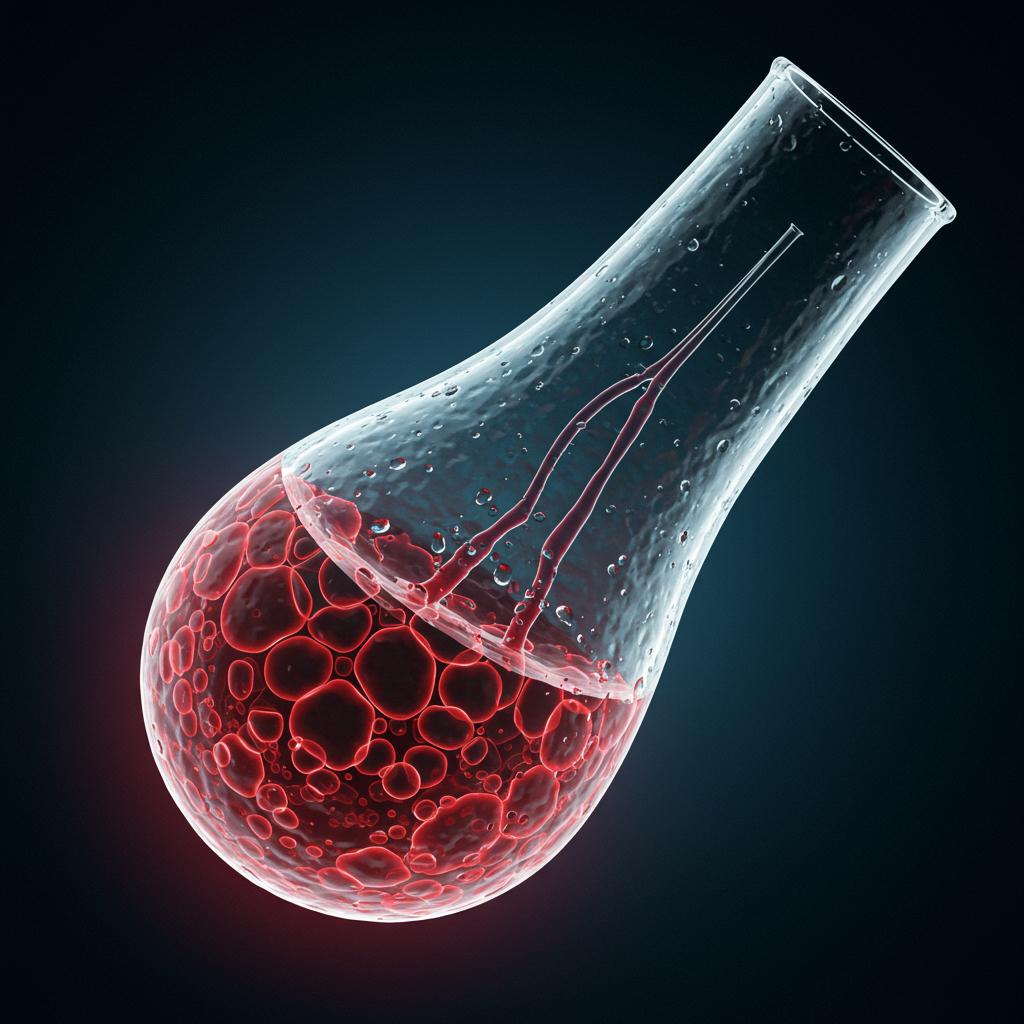
Feeling down? Depression is a tough battle, and finding effective treatments is crucial. Traditional antidepressants don’t always work for everyone, and that’s where ketamine comes in. It’s shown promising results in treating depression, even in cases where other medications have failed. But there’s a catch: ketamine has some drawbacks that limit its widespread use. Let’s dive into the science behind how ketamine works its magic and explore the search for safer alternatives.
Ketamine is typically used as an anesthetic, but even at lower, sub-anesthetic doses, it can have rapid antidepressant effects. This has sparked a lot of excitement in the field of mental health. However, ketamine also has the potential for misuse and can cause dissociative side effects (feeling detached from reality), which understandably makes people hesitant.
So, researchers have been working hard to understand exactly how ketamine combats depression. The goal? To develop new treatments that mimic its positive effects without the unwanted baggage. Here’s a look at what they’ve found so far:
- Blocking Specific Brain Receptors: One leading theory focuses on N-methyl-D-aspartate receptors (NMDARs), which are involved in learning and memory. Ketamine appears to block certain types of these receptors, possibly those found on particular brain cells called GABAergic interneurons or within a brain region called the lateral habenula, known to be overactive in depression.
- Boosting Brain Growth Factors: Ketamine seems to trigger the release of brain-derived neurotrophic factor (BDNF), a protein crucial for nerve cell growth and survival. It also interacts with other molecules like eukaryotic elongation factor 2 (eEF2), mechanistic target of rapamycin (mTOR), and glycogen synthase kinase-3 (GSK-3), all of which play roles in brain plasticity – the brain’s ability to change and adapt. These changes in brain plasticity are thought to be key to ketamine’s lasting antidepressant effects.
- Exploring Ketamine’s “Right Hand” and Byproducts: Interestingly, ketamine exists in two mirror-image forms called enantiomers. Research suggests that the (R)-ketamine enantiomer and specific metabolites (byproducts) like hydroxynorketamine (HNK), particularly (2R,6R)-HNK, might also contribute to its antidepressant action, perhaps through pathways independent of NMDAR blocking.
It’s important to understand that these aren’t mutually exclusive ideas. Ketamine’s effects might involve a combination of these mechanisms, working together to create changes in the brain that lead to lasting improvements in mood.
The hunt for the next generation of antidepressants is ongoing. By understanding how ketamine works, scientists are identifying promising new targets for drug development. The hope is to create treatments that are just as effective as ketamine, but without the risks, making a real difference in the lives of people struggling with depression.
